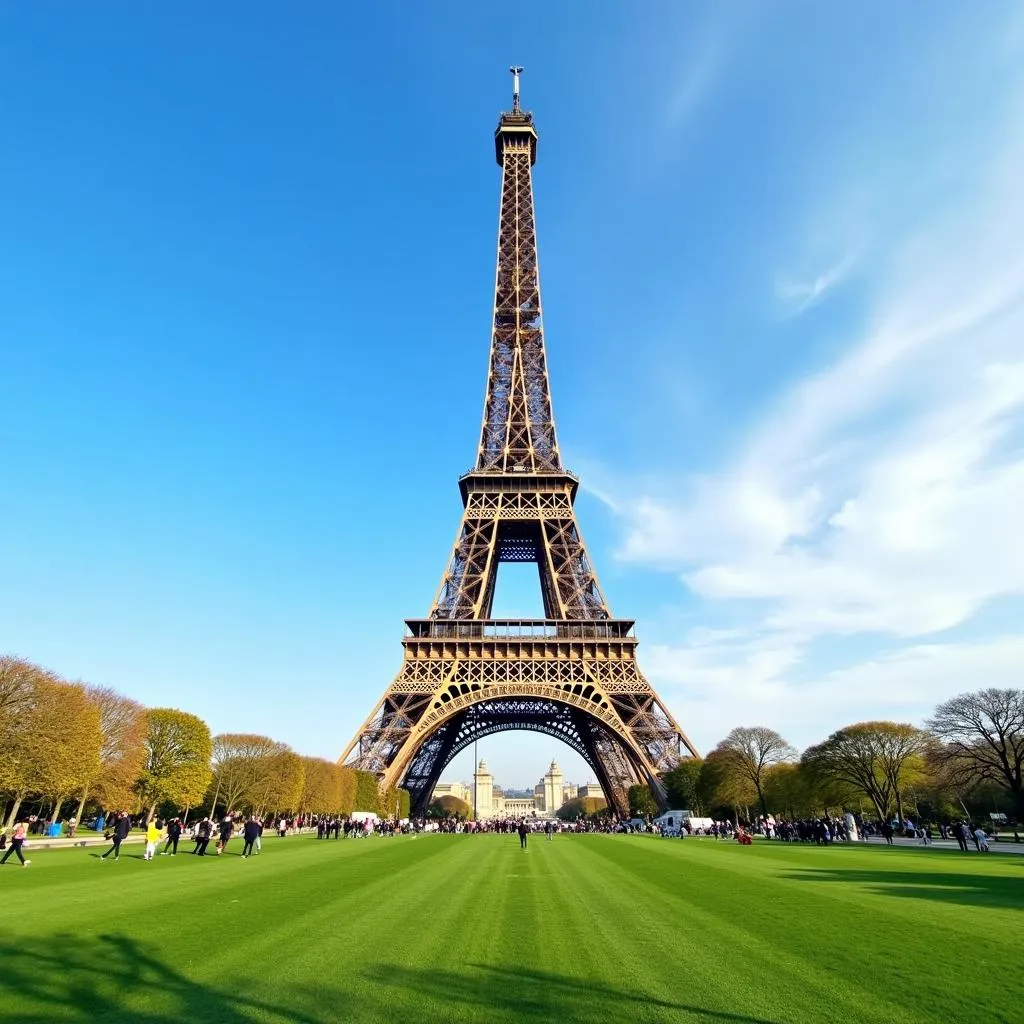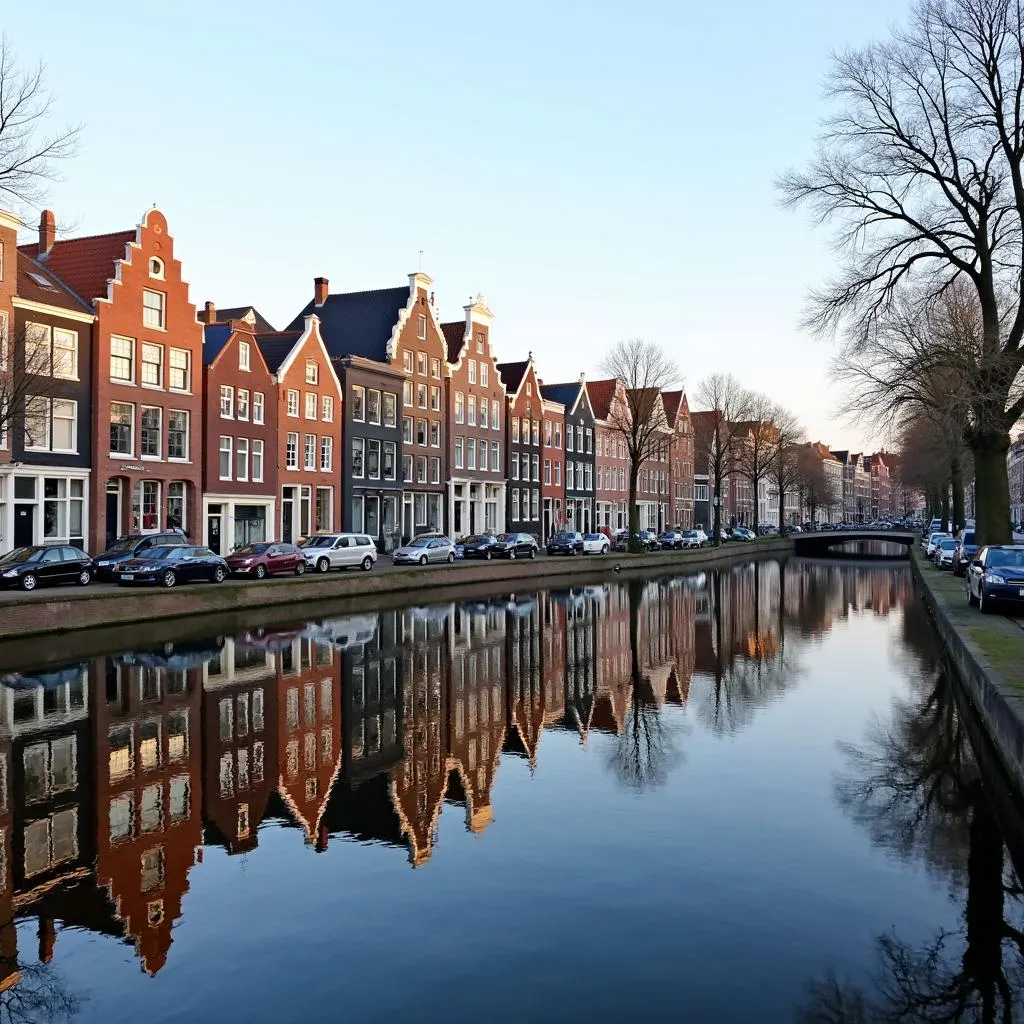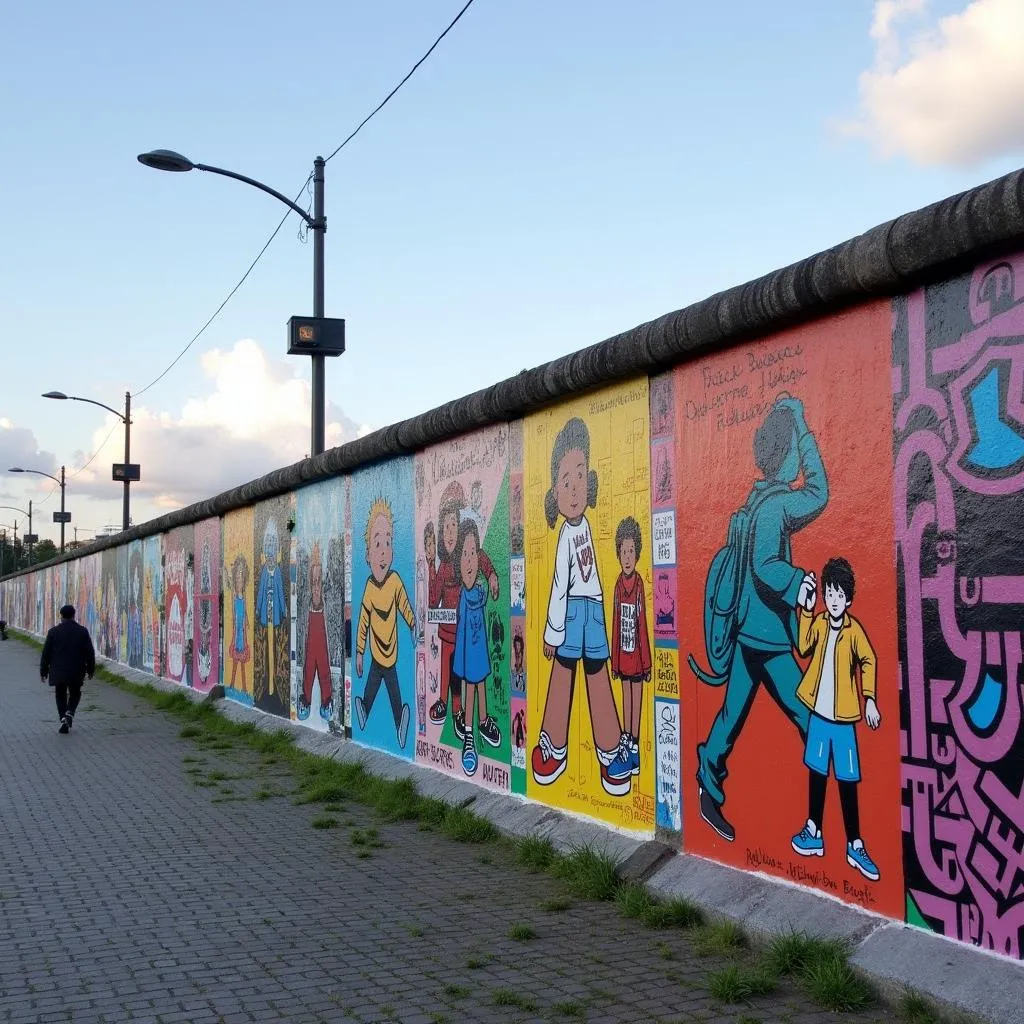Planning your first trip to Europe? With so many incredible destinations, crafting the perfect 12-day Europe tour itinerary can feel overwhelming. Fear not, fellow traveler, for I’m here to guide you through an unforgettable journey! This itinerary is designed for first-time visitors, showcasing iconic landmarks and hidden gems. Get ready for an adventure filled with history, culture, and breathtaking beauty!
Paris: City of Lights and Romance (Days 1-4)
Our journey begins in Paris, a city that needs no introduction. Spend your first day exploring iconic landmarks like the Eiffel Tower, Louvre Museum, and Arc de Triomphe.
Day 2 is dedicated to the charming streets of Montmartre, home to the Sacré-Cœur Basilica and Place du Tertre, where artists display their talents. Indulge in a delicious French pastry and soak in the bohemian atmosphere.
On Day 3, delve into history at the Palace of Versailles, the opulent former residence of French royalty. Lose yourself in the Hall of Mirrors and wander through the sprawling gardens. In the evening, enjoy a romantic Seine River cruise.
Day 4 offers a chance to experience Paris like a local. Visit the charming Latin Quarter, browse the Shakespeare and Company bookstore, and enjoy a picnic lunch in the Luxembourg Gardens.
 Eiffel Tower in Paris, France
Eiffel Tower in Paris, France
Amsterdam: Canals, Culture, and Charm (Days 4-6)
From Paris, we hop on a high-speed train to Amsterdam, a city renowned for its canals, charming houses, and vibrant culture.
Day 4 in Amsterdam starts with a canal cruise, offering unique perspectives of the city’s architecture. Afterward, visit the Anne Frank House, a poignant reminder of World War II history.
Day 5 is for art enthusiasts. Explore the masterpieces of Dutch masters at the Rijksmuseum, including Rembrandt’s “The Night Watch”. In the afternoon, discover the vibrant street art scene in the trendy Jordaan district.
On Day 6, experience the flavors of Amsterdam with a visit to the Albert Cuyp Market, where you can sample local delicacies. Later, relax in the beautiful Vondelpark, Amsterdam’s answer to Central Park.
 Picturesque canal view with traditional Amsterdam houses
Picturesque canal view with traditional Amsterdam houses
Berlin: History, Art, and Modernity (Days 6-9)
Our next stop is Berlin, a city that seamlessly blends history, art, and modern life.
Day 6 begins with a visit to the Brandenburg Gate, an iconic symbol of German reunification. Learn about the city’s complex past at the Holocaust Memorial and the East Side Gallery, a preserved section of the Berlin Wall.
On Day 7, immerse yourself in art at Museum Island, home to five world-class museums, including the Pergamon Museum and the Neues Museum. Afterward, enjoy a traditional German meal at a restaurant in the Mitte district.
Day 8 takes you to the Reichstag Building, Germany’s parliament building, for panoramic city views from the dome. Later, explore the trendy Prenzlauer Berg district with its independent boutiques and cozy cafes.
 Colorful murals on Berlin Wall at East Side Gallery
Colorful murals on Berlin Wall at East Side Gallery
Rome: Ancient Glory and Italian Charm (Days 9-12)
Our final destination is Rome, a city where ancient history meets modern-day life.
Day 9 starts with a visit to the Colosseum, the largest amphitheater ever built, and the Roman Forum, the heart of the Roman Empire. In the evening, toss a coin in the Trevi Fountain and enjoy a delicious Italian dinner.
Day 10 is dedicated to Vatican City, the smallest country in the world and the center of the Catholic Church. Visit St. Peter’s Basilica, marvel at Michelangelo’s masterpiece in the Sistine Chapel, and explore the Vatican Museums.
On Day 11, experience the charm of Rome’s Trastevere neighborhood, with its narrow cobblestone streets, ivy-covered buildings, and lively atmosphere. Indulge in authentic Roman cuisine and soak in the local vibes.
Day 12 marks the end of our unforgettable journey. Depart from Rome, carrying memories of iconic landmarks, cultural immersion, and new experiences.
FAQ
What type of visa do I need to travel to Europe?
Citizens of many countries can enter the Schengen Area (which includes most of the countries on this itinerary) for tourism or business purposes for up to 90 days without a visa. However, it’s essential to check the specific visa requirements for your nationality before traveling.
What is the best time to visit Europe?
Europe is a year-round destination, but the best time to visit is generally during the shoulder seasons (spring and fall), when the weather is pleasant, and the crowds are smaller.
What currency is used in Europe?
The Euro (€) is the official currency of 19 out of the 27 European Union member states, including France, the Netherlands, Germany, and Italy. However, some countries, like Switzerland, use their own currency.
Need help planning your dream 12-day Europe tour?
Contact us! Our team of travel experts is here to assist you with personalized itineraries, insider tips, and seamless booking.
Phone: 0373298888
Email: [email protected]
Address: 86 Cầu Giấy, Hà Nội.